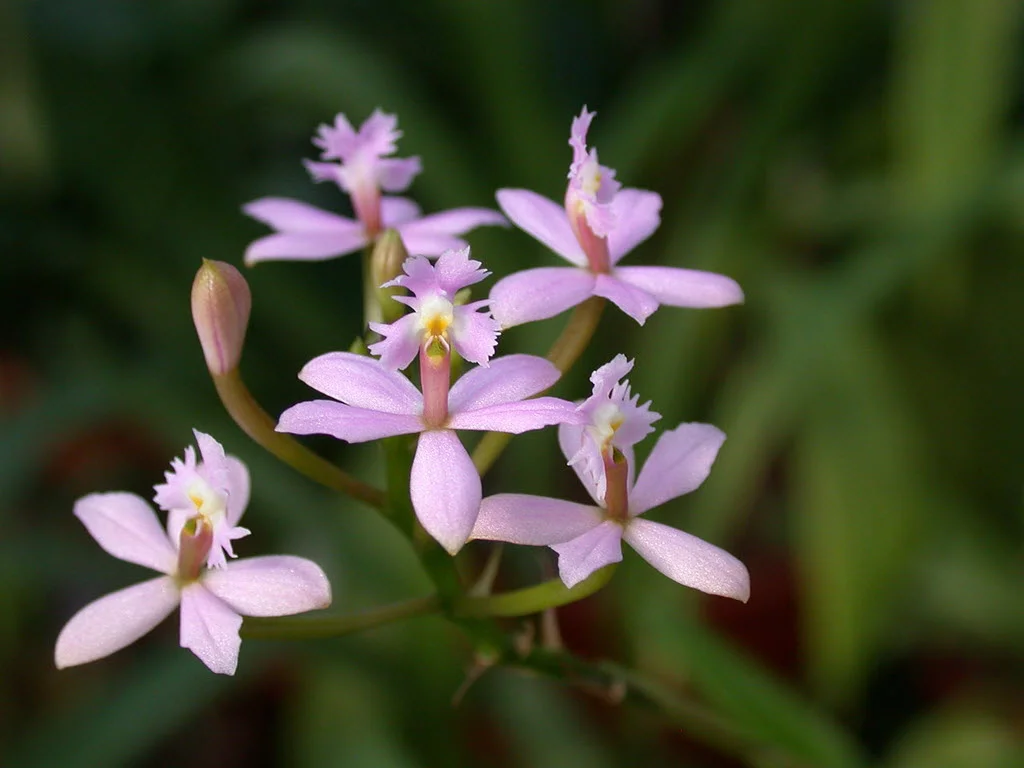Table of Contents
Pronunciation: loo-DIS-ee-ah
Other Names: Jewel Orchid
Introduction
Ludisias are very unique as they go against most typical orchid preferences. It likes soil instead of air, shade instead of the sun, and it is prized for its velvety foliage instead of the flowers it produces.
Ludisia Discolor
These orchids are native to Burma, China, Thailand, Vietnam, and the Philippines. Their foliage is usually a deep maroon with striking red veins. It has a very velvety feel, and their flowers are clusters of yellow and white small buds that grow on twisting stalks.
Temperature
You'll have to keep this plant in warm and humid temperatures for it to be happy. The daytime temperatures can range from 55°F to 65°F (13°C to 18°C), and this plant will be comfortable.
During the nighttime, they like temperatures to stay around 50°F (10°C). They can survive temperatures down to freezing levels, but not for prolonged periods of time. Ideally, you want your temperatures to remain above 50°F (10°C) year-round to ensure optimal growth.
Light
When they grow wild in their natural habitat, Ludisias are shaded and protected from the sun by the forest's thick canopy. You want to reproduce this when you grow them, and they like low light conditions with slightly more than partial shade.
They don't tolerate direct sunlight, and if they're exposed to it, they can suffer burns on their leaf tips. If they are in an area that gets direct sunlight, you'll want to break it up with netting or moving the pots to shaded areas.
Water and Humidity
You'll want to keep your Ludisias very moist as allowing them to dry out is a very fast way to kill them. You can give them a good soaking in the morning hours and mist them again in the evening. You can submerge their pots in water until the bubbles stop coming up or pour water into the pot until it runs through.
They'll need this water level year-round at the same quantity. They also like the humidity levels to be around 70% year round, but they can tolerate humidity levels slightly lower without a problem.
Feeding
These orchids are moderate feeders, and you should buy a balanced fertilizer mix with 20-20-20 that you dilute in water. You want to dilute it to around half strength in a gallon of water, and this works out to around a half of a teaspoon per gallon.
You want to feed your orchids once every two weeks with this mixture. If you notice that your orchid isn't blooming, or if it's blooming but not as full as it could be, it may need more fertilizer. You can increase the feedings to once a week for a month and cut back again if you see improvement.
Potting
You want to plant your orchid in pots as they don't do well in baskets or on slabs. Shallow pots work the best because this orchid tends to creep along as it grows. For your potting medium, you want either a terrestrial-type mix or a commercial-grade potting soil that drains well.
It is a good idea to repot your orchid once a year in the spring when you notice new growth starting. However, you may have to repot them sooner if you notice things like falling leaves or the plant's roots are coming through the soil. These are signs that the plant is stressed, and it could die. Carefully lift the plant out of the pot and rinse out the roots. Place it in another pot with lightly packed soil and water it liberally.
Video
Alberto from Orchidaholic shows us how to propagate Ludisia discolor. It's very easy too!
Doesn’t the Ludisia sound like a very unique plant even for orchids? Discover more fascinating varieties in our comprehensive list of the different types of orchids.











